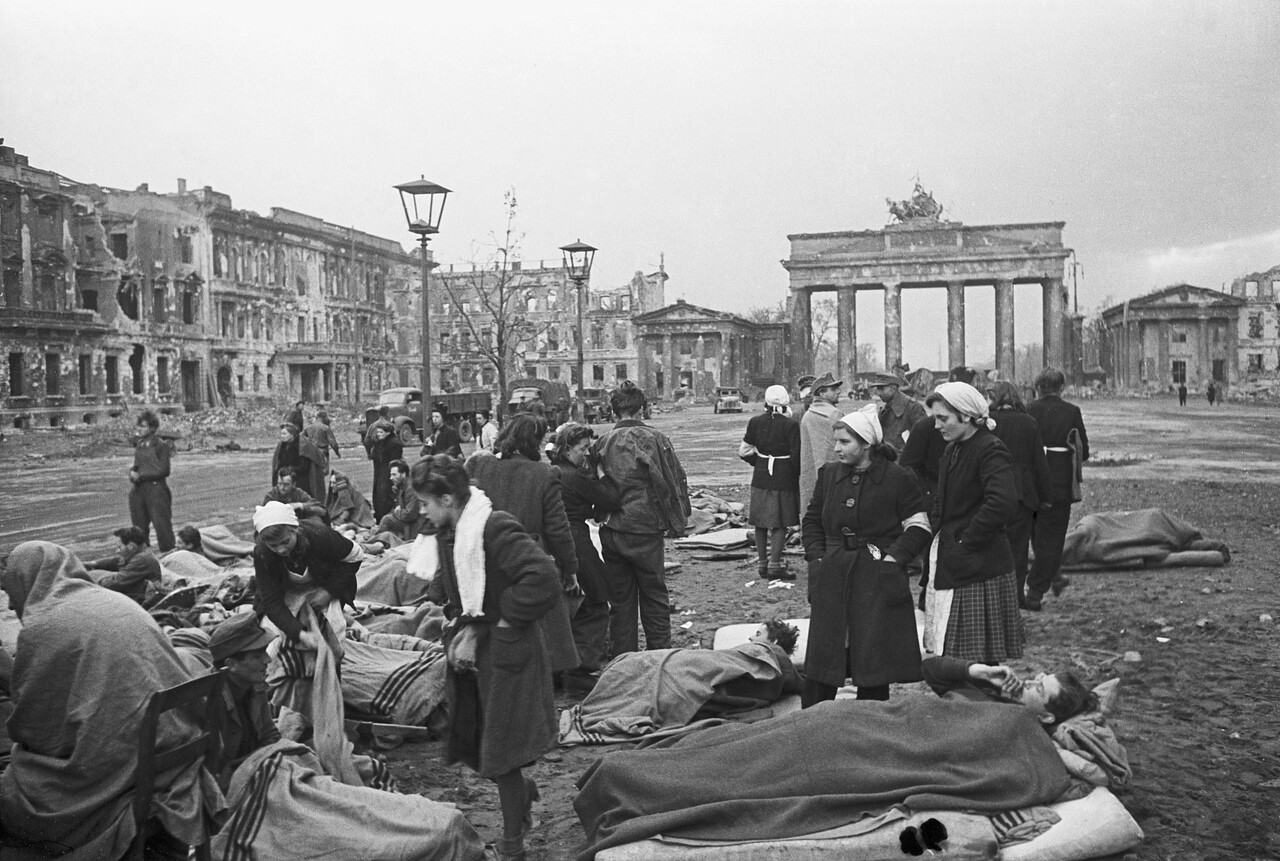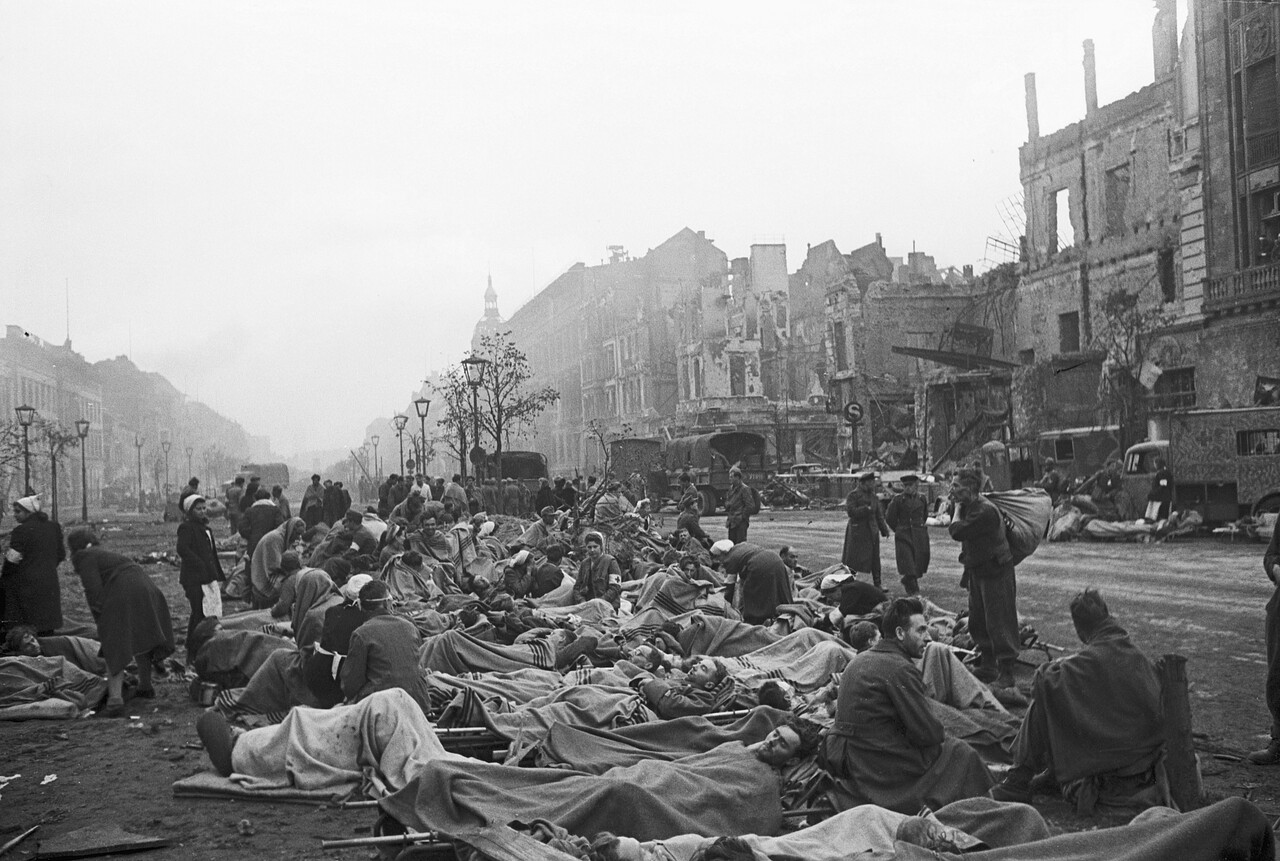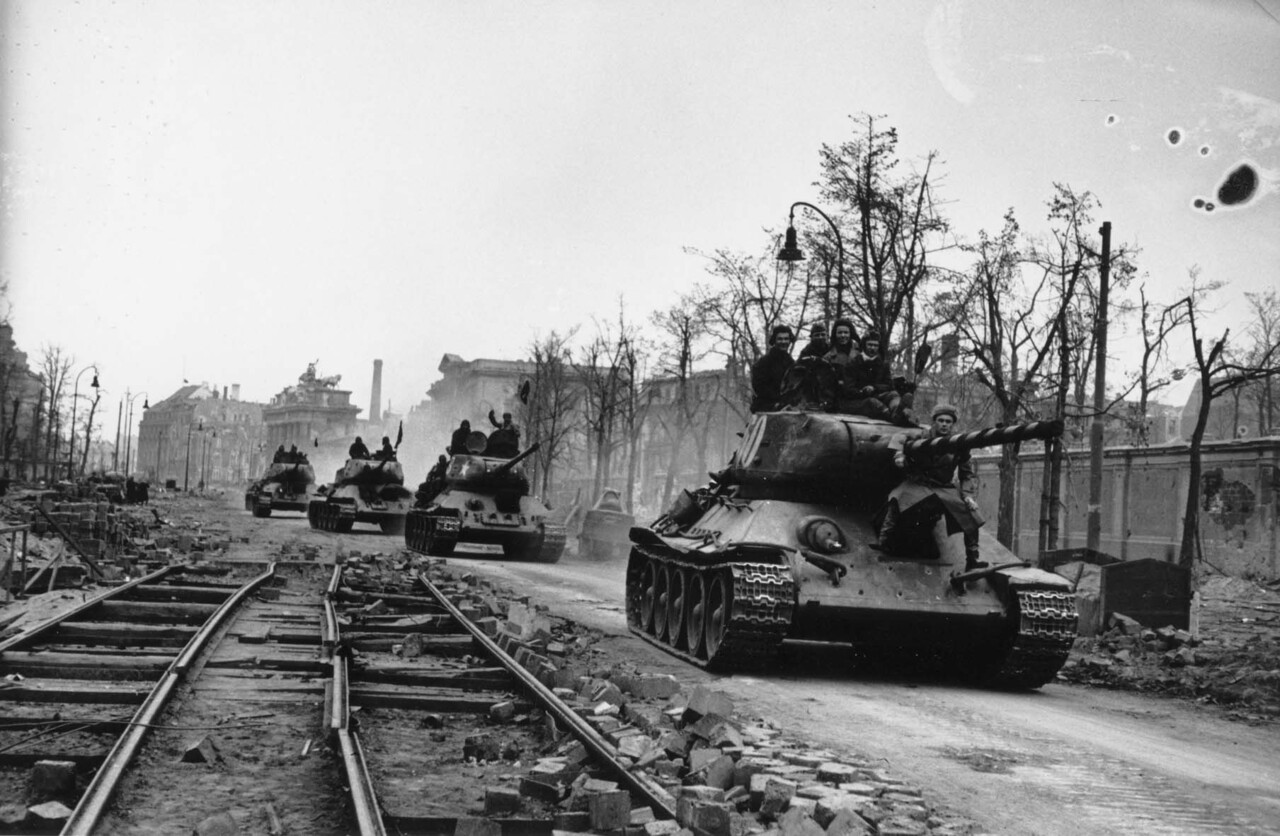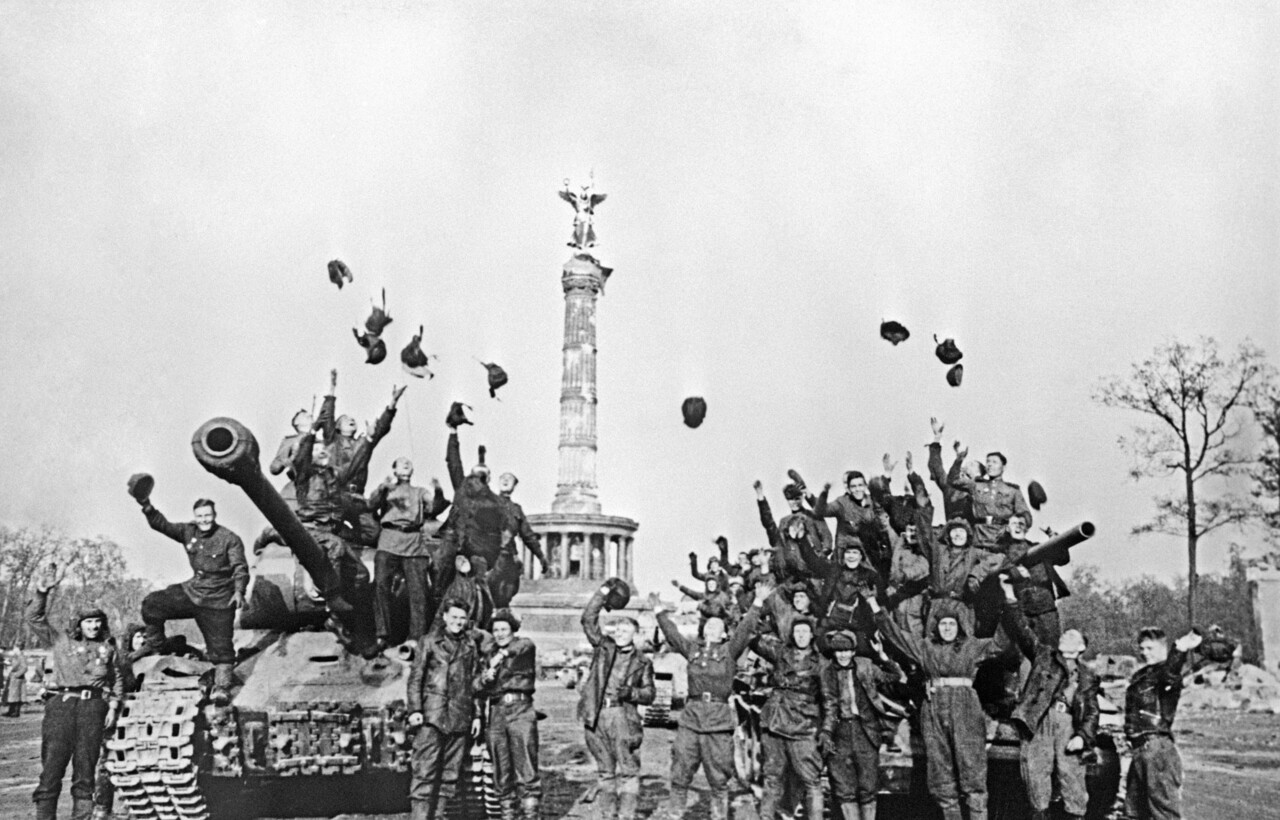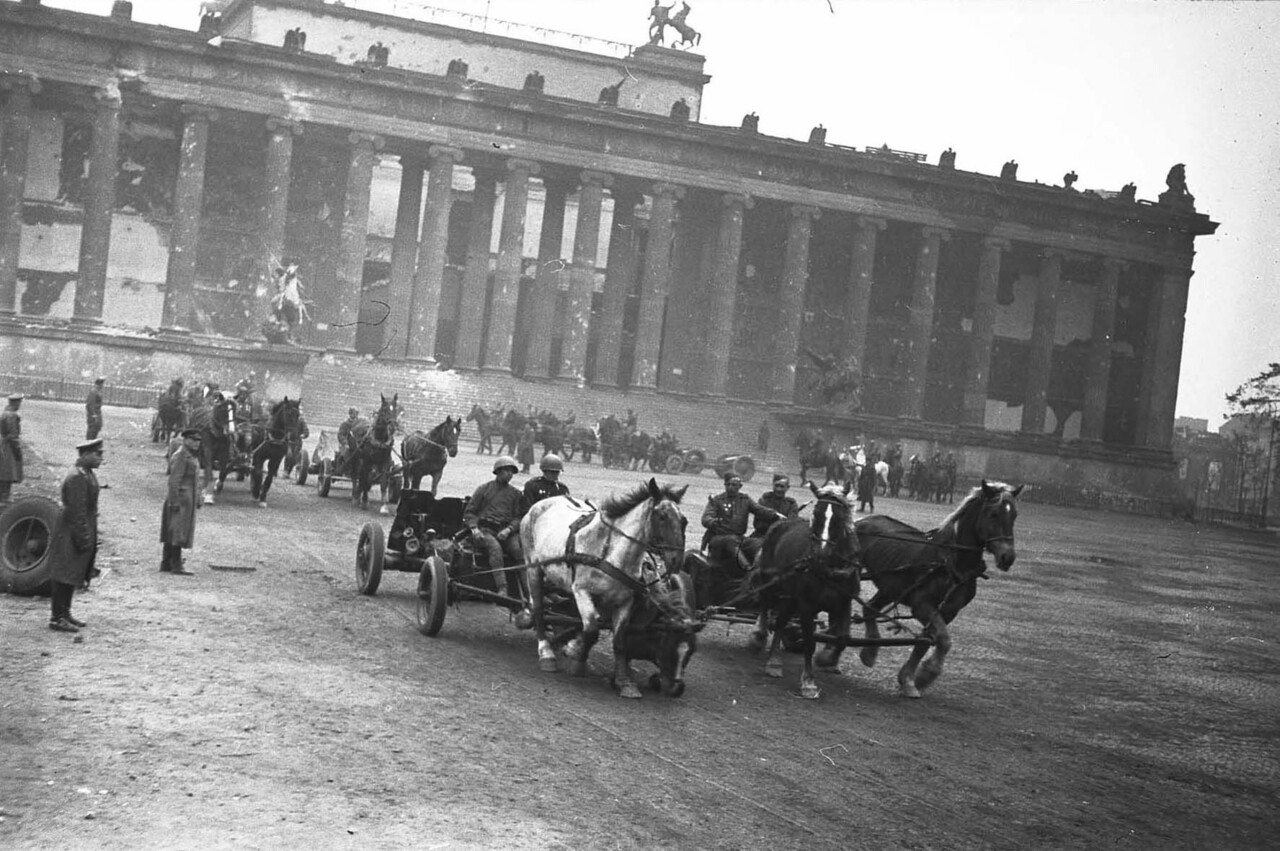»... peace at last?!« – 80 years after the End of the World War II and the liberation of Europe from National Socialism
The unconditional surrender of the Wehrmacht in Berlin-Karlshorst on 8 May 1945 marks the end of the Second World War in Europe. It began with the German attack on Poland in 1939. The following year, the Wehrmacht occupied large parts of Western and Northern Europe. In 1941, it conquered Greece and Yugoslavia and invaded the Soviet Union. 230 million people suffered under German occupation. In Poland and the Soviet Union, Hitler's Germany waged a declared campaign of extermination against the Jewish and Slavic populations until 1944/45. By 8 May 1945, around 40 million soldiers and civilians had lost their lives throughout Europe. After the Potsdam Conference in the summer of 1945, the borders in Eastern Europe were redrawn. Millions of people were forced leave their homes. The Allies divided Germany into occupation zones, from which two states emerged in 1949. The Cold War and the Iron Curtain between Western Europe and the Soviet sphere of influence in the East divided the continent. Only the upheavals in Central Eastern Europe in 1989/90 enable Europe to grow together.
Berlin, Mitte, May 1945: Members of the Red Army celebrate the victory over Germany in front of the Victory Column. It is not known whether this photograph was taken after the surrender of Berlin on 2 May or after the unconditional surrender of the German armed forces on 8 May.
ullstein bild | SPUTNIK | STF
